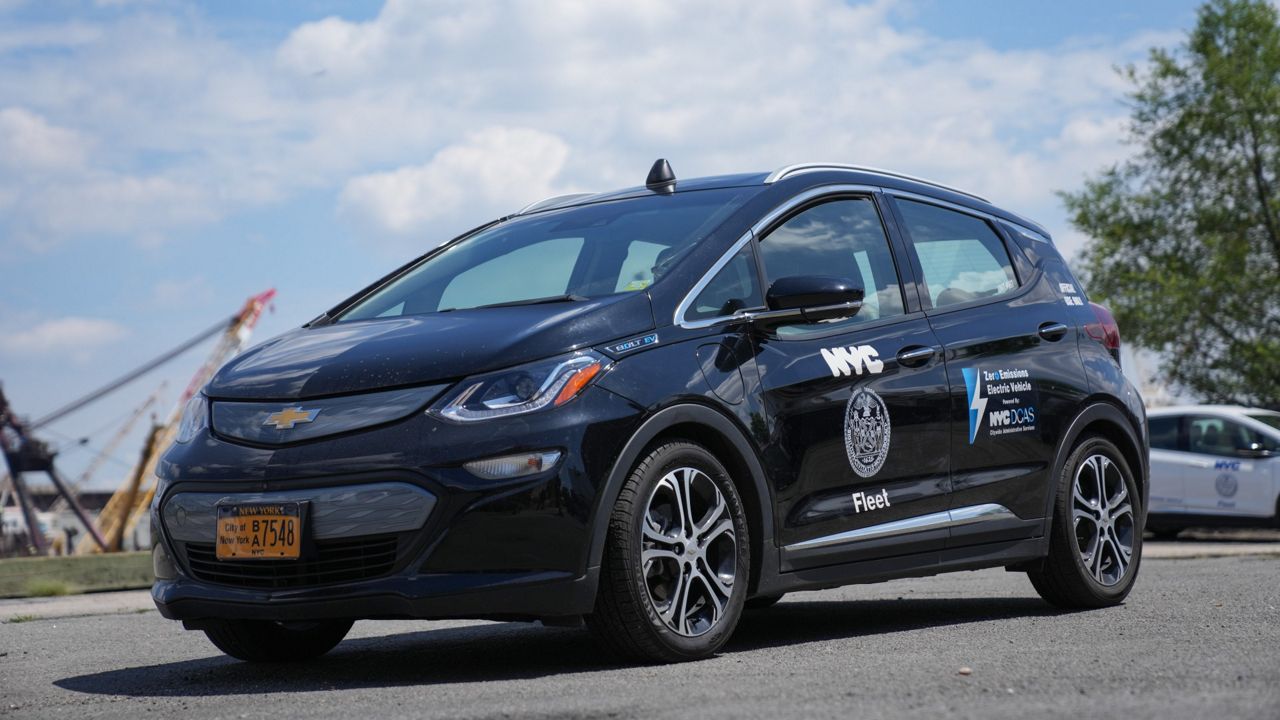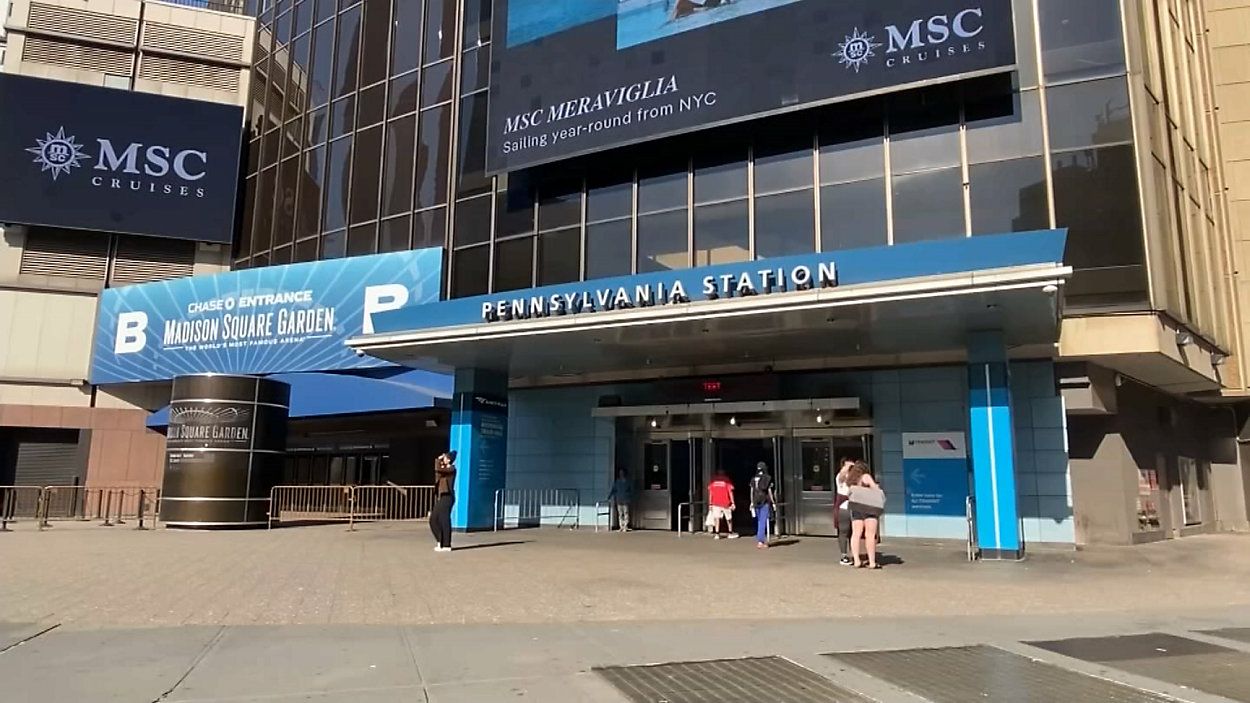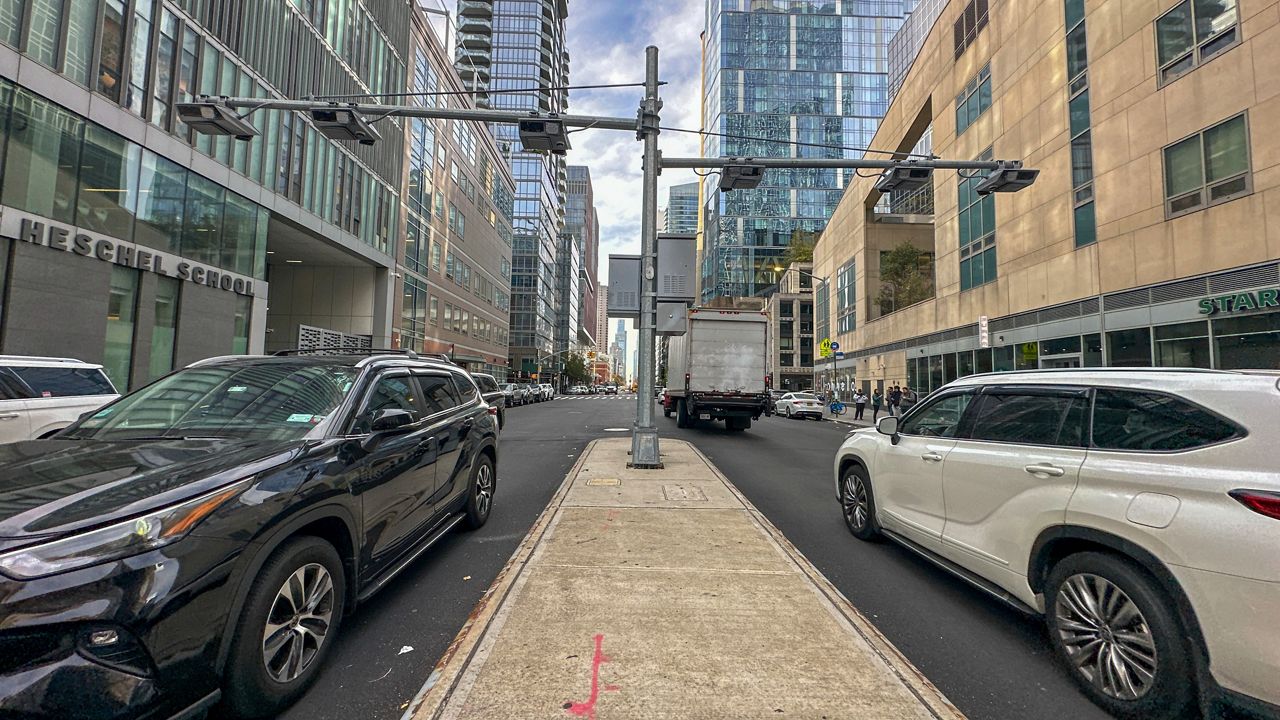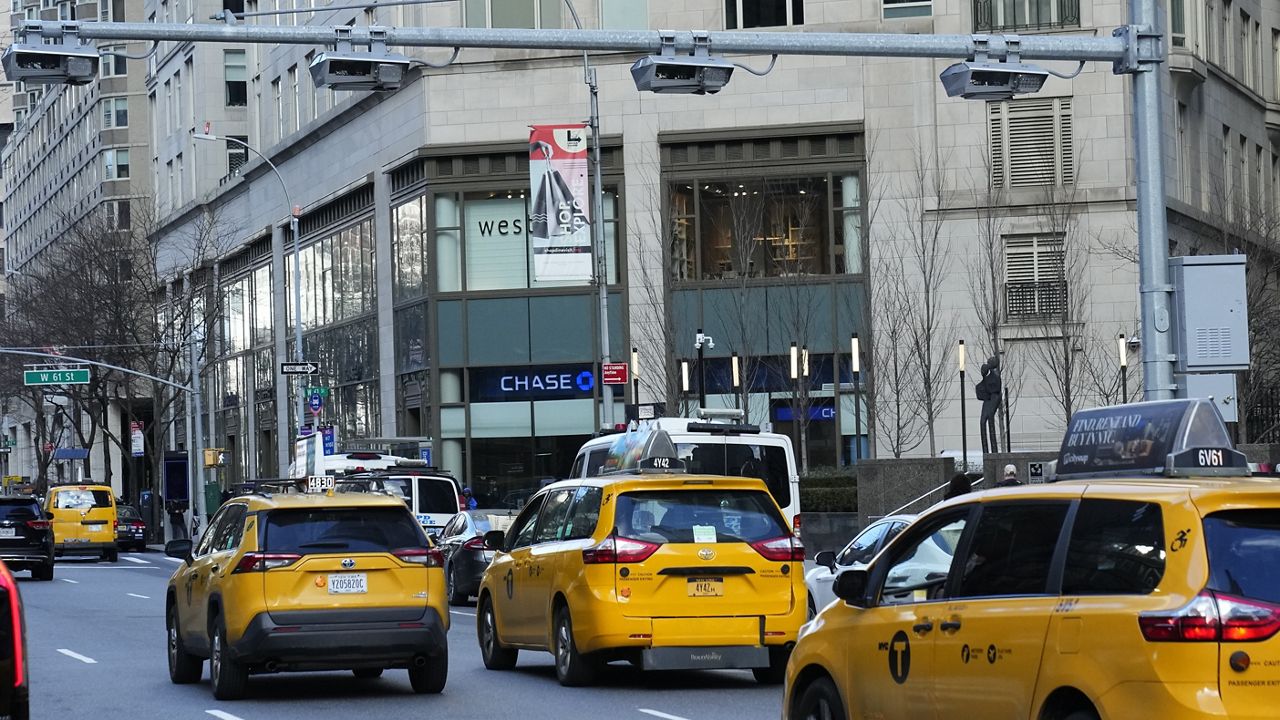The city has started fitting its fleet of vehicles with technology that will prevent their drivers from speeding, officials said Thursday.
The Department of Citywide Administrative Services, which manages nearly 30,000 municipal vehicles, recently installed “active intelligence speed assistance technology” in 50 of them as part of a pilot program, Mayor Eric Adams and DCAS Commissioner Dawn Pinnock said at a news conference.
The technology keeps vehicles from accelerating once they have reached the speed limit on any given street, the city’s chief fleet officer, Keith Kerman, said at the briefing.
What You Need To Know
- The Department of Citywide Administrative Services, which manages nearly 30,000 municipal vehicles, recently installed “active intelligence speed assistance technology” in 50 of them as part of a pilot program
- The technology keeps the vehicles from accelerating once they have reached the speed limit on any given street
- “If this is a successful pilot, we want to see this go throughout every vehicle that we are using in our city fleet,” Mayor Eric Adams said
“We have telematics in the cars,” Kerman explained, referring to a system that uses GPS technology to monitor vehicles. “So we are tracking the vehicles as they drive through the city, and we have the speed limits overlaid over those telematics throughout the city.”
The initiative “has the potential to save lives, and restrict fleet operators from disregarding the rules,” Pinnock said.
While the city is in the process of downsizing its municipal fleet, it still operates approximately 29,400 vehicles — 24,000 or so of which are on-road, Kerman said.
Nine different agencies, including the Department of Parks and Recreation, the Department of Transportation, the Department of Correction and the Taxi and Limousine Commission, are currently participating in the pilot program, a spokesperson for DCAS told NY1.
“If this is a successful pilot, we want to see this go throughout every vehicle that we are using in our city fleet,” Adams said.
The mayor’s own vehicle and the city’s fleet of emergency vehicles will not be fitted with the technology, he noted.
“Anything could happen in the city, any time of night, that may cause us to move at a non-traditional, rapid speed,” he said, responding to a question about the exemption for his vehicle.
“If I have an explosion, if I have a plane landing on the river, if I have any type of emergency, this is a real city with real problems and real issues,” he added. “And I don’t need for you to be at the scene saying, ‘Why did it take the mayor so long to get there?’”
The pilot program, the mayor said, will allow the city to lead “by example.”
“I talk about how important it is to have safety behind the wheel of a vehicle,” he said. “This is another evolution of that, and traffic safety is public safety.”





_ES_Congestion_Pricing_Flaws_Presser_CLEAN_132774690_1428)


